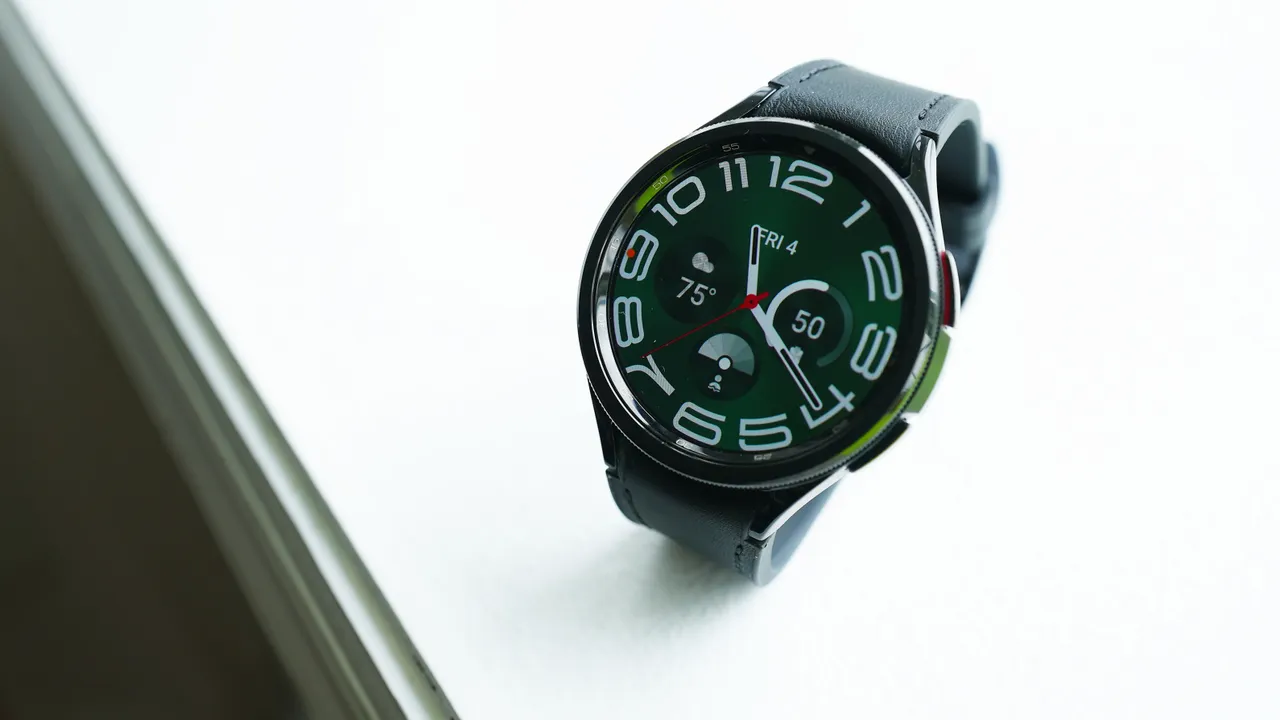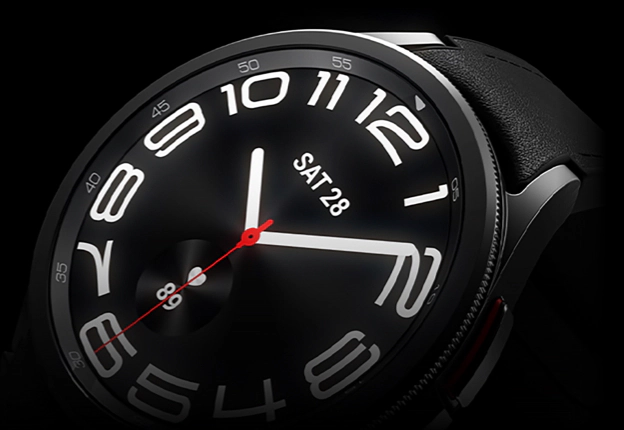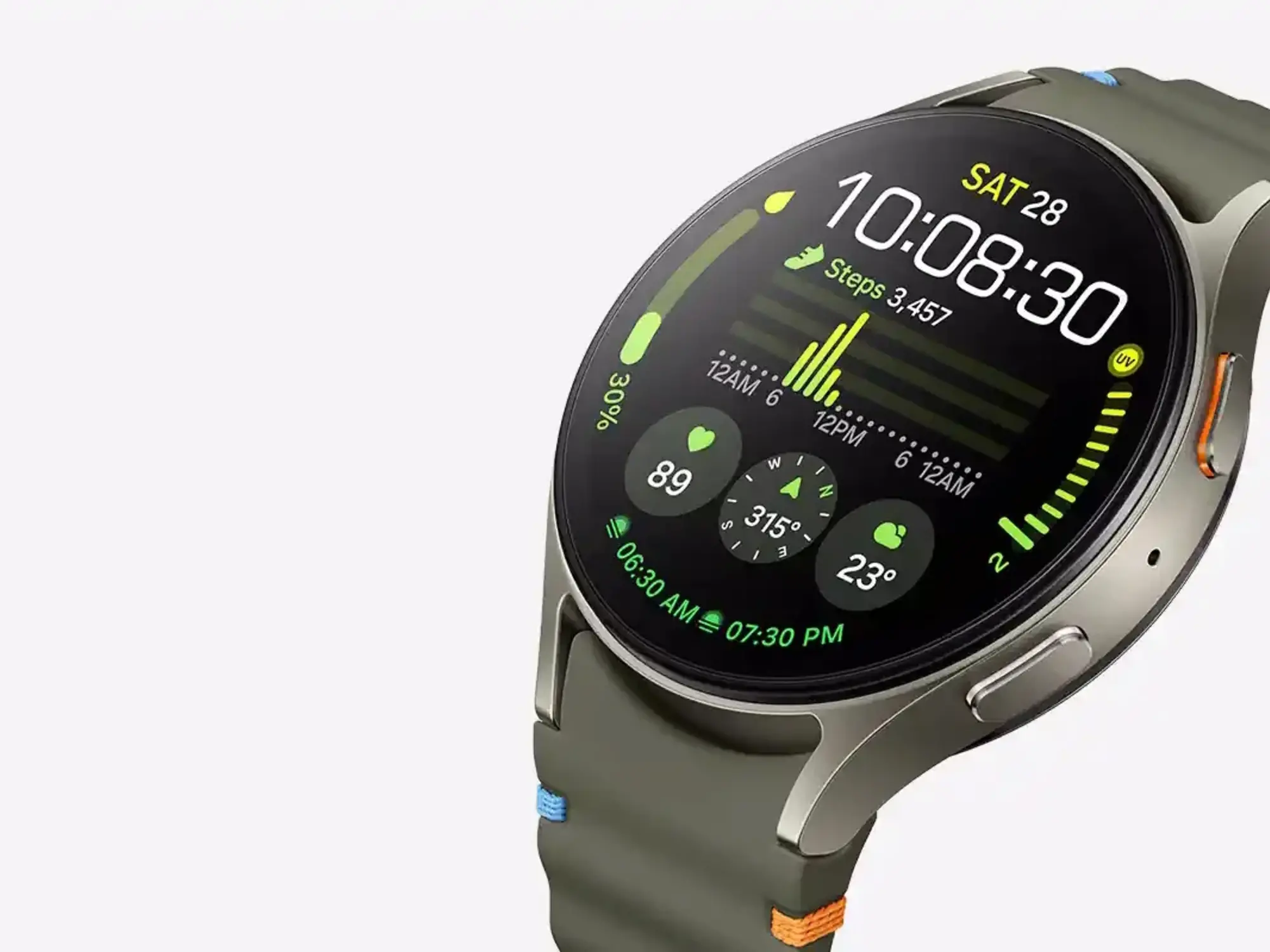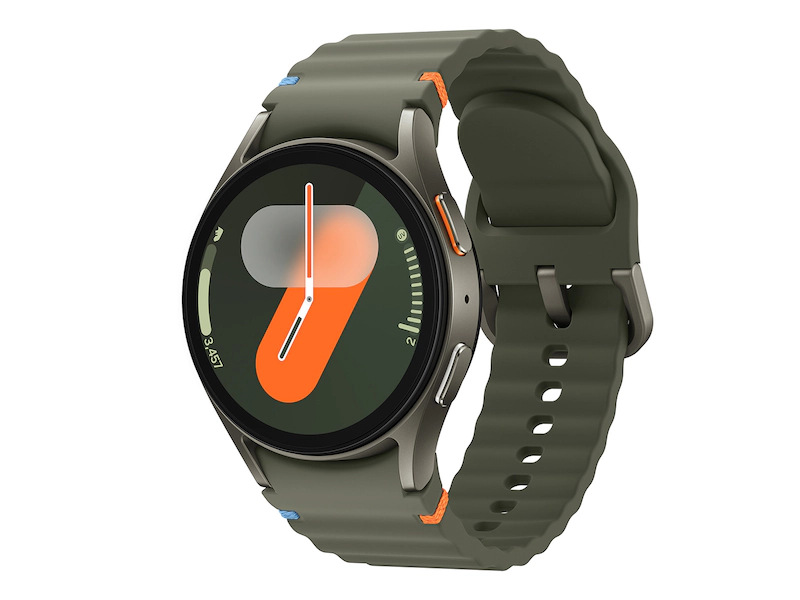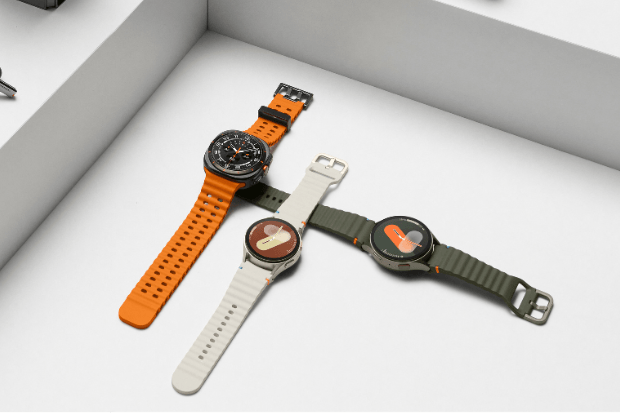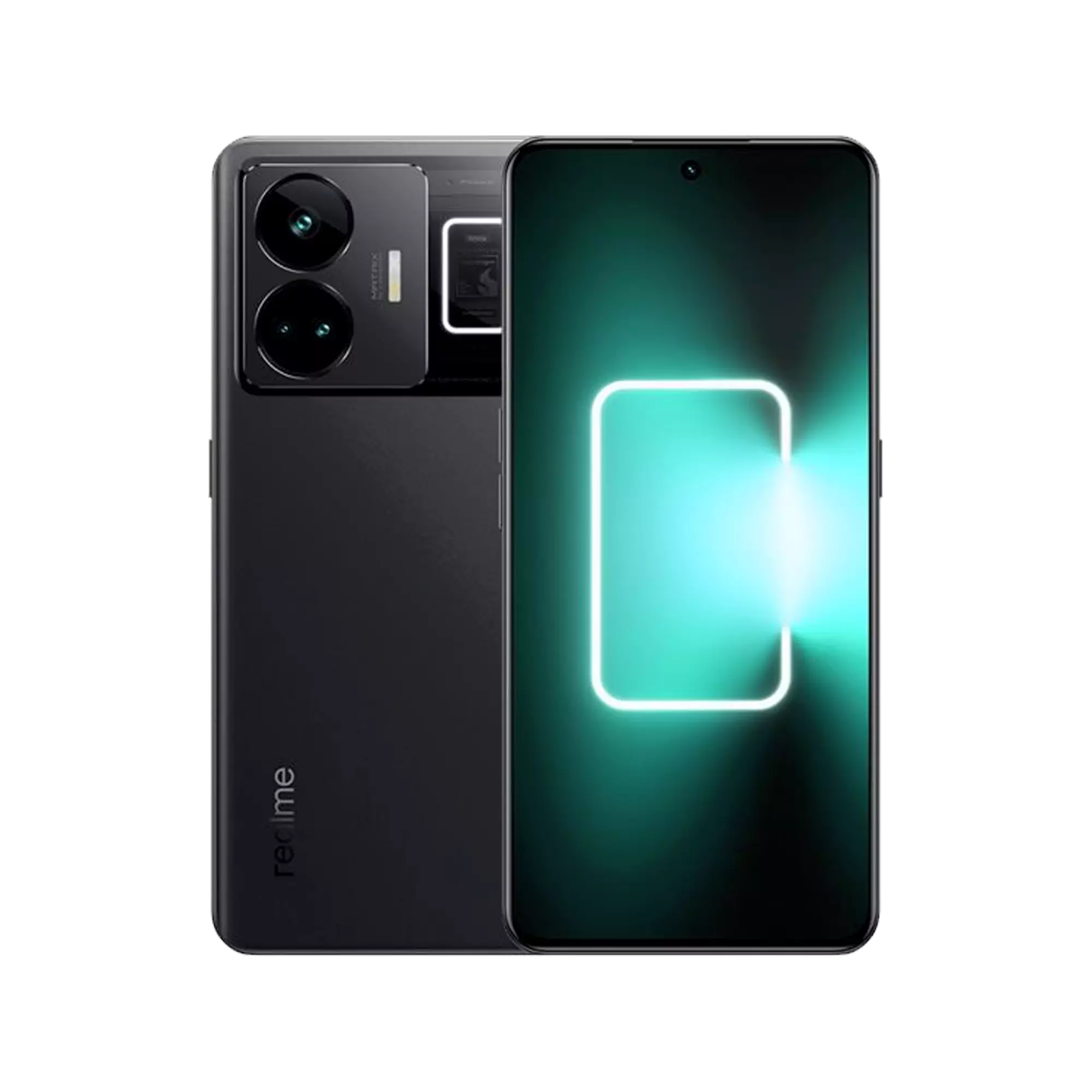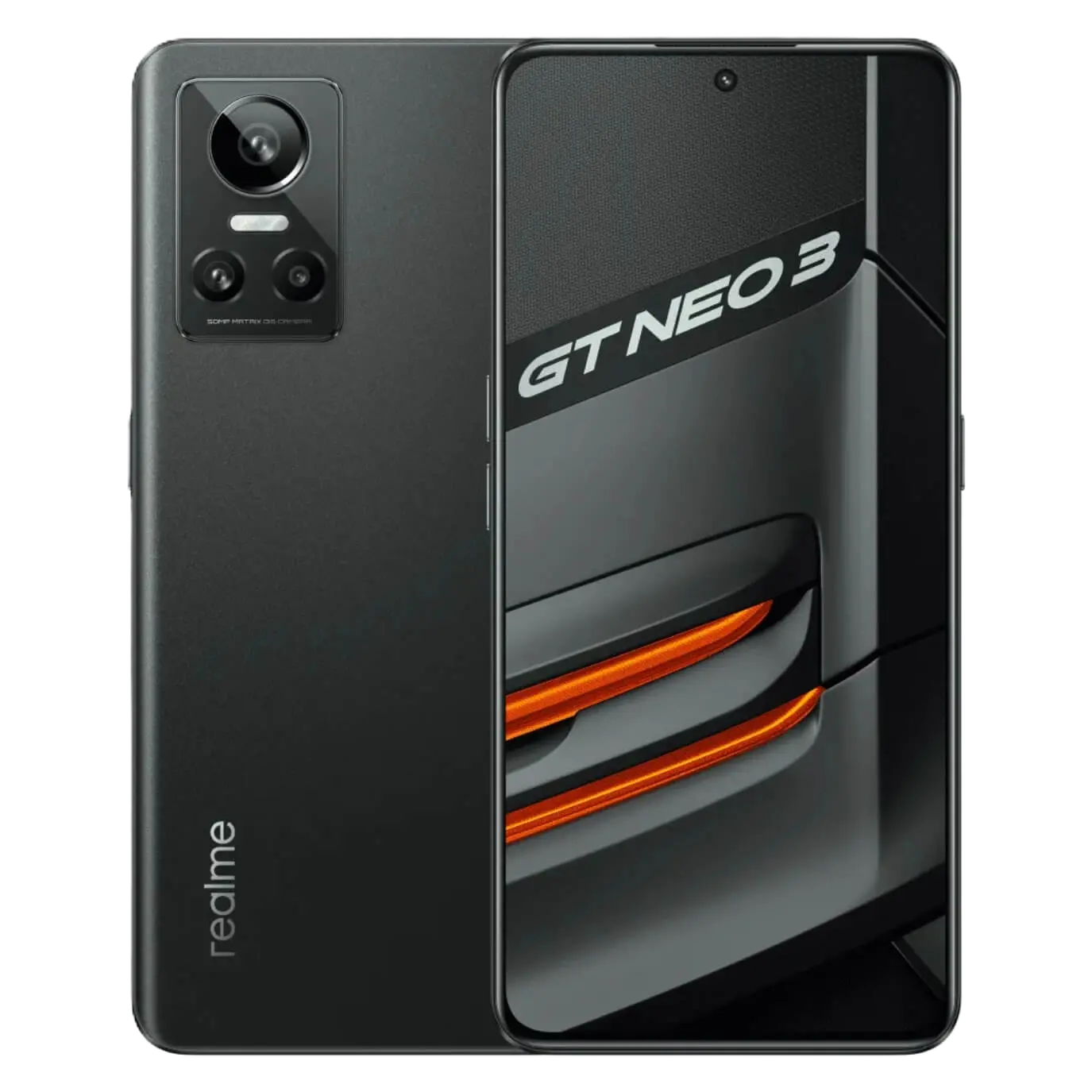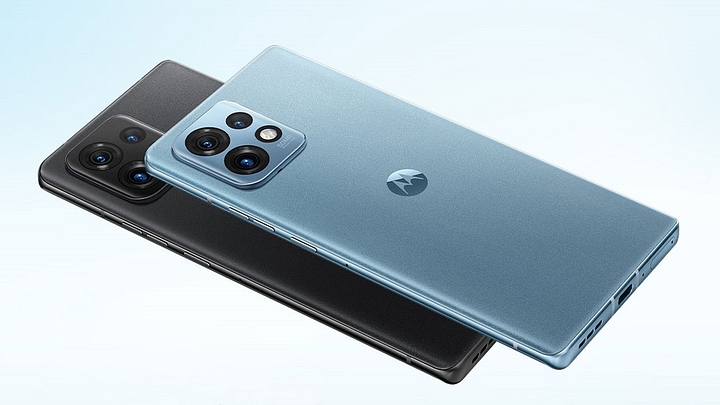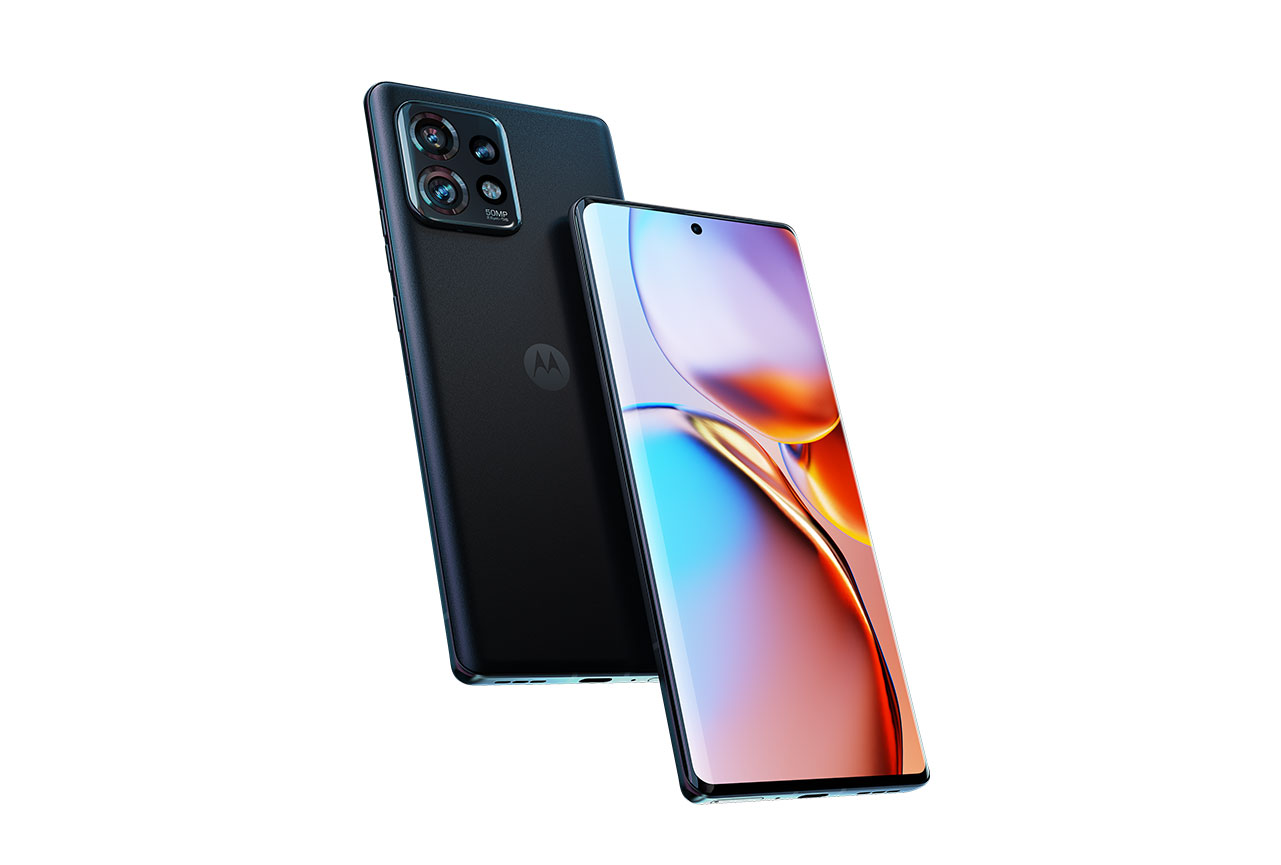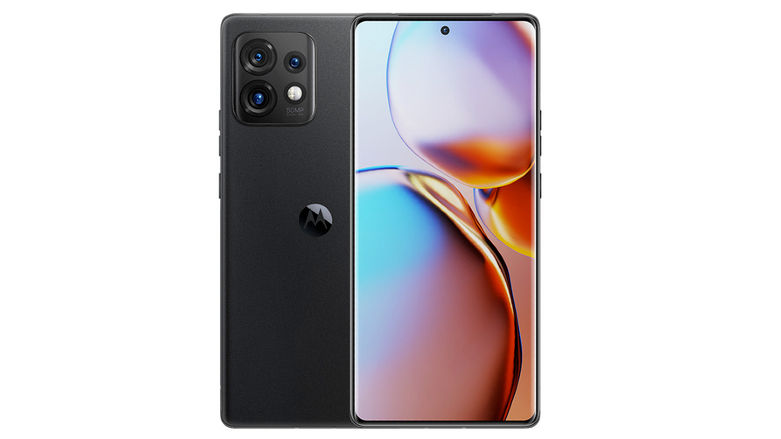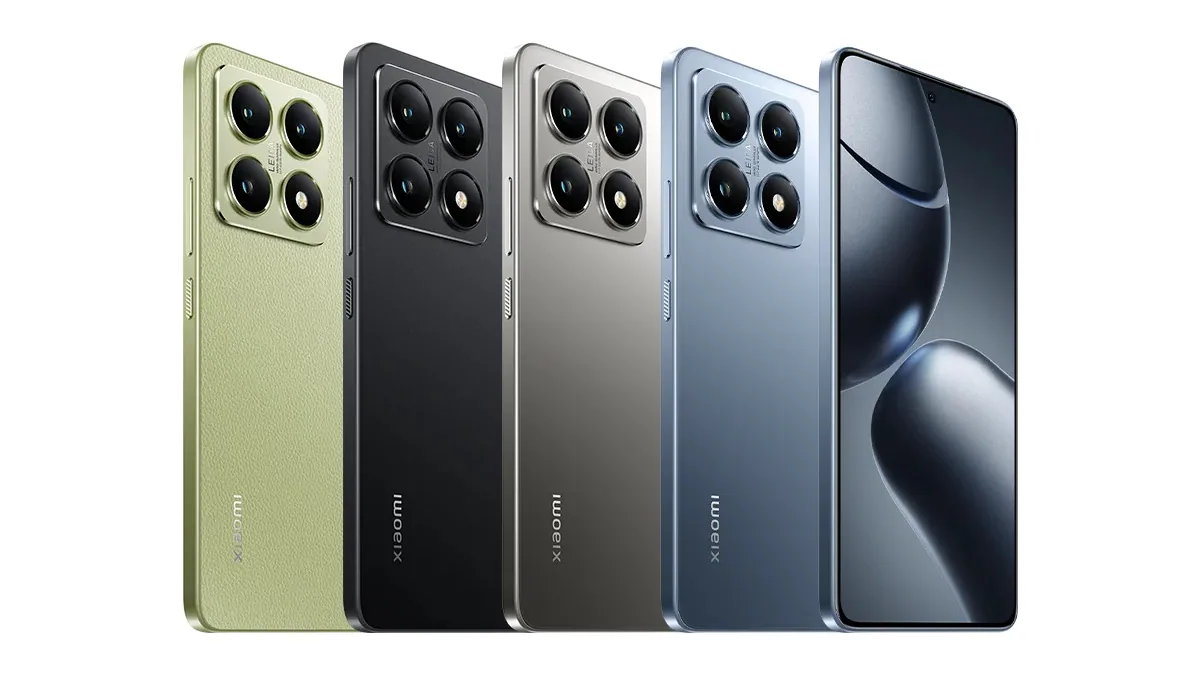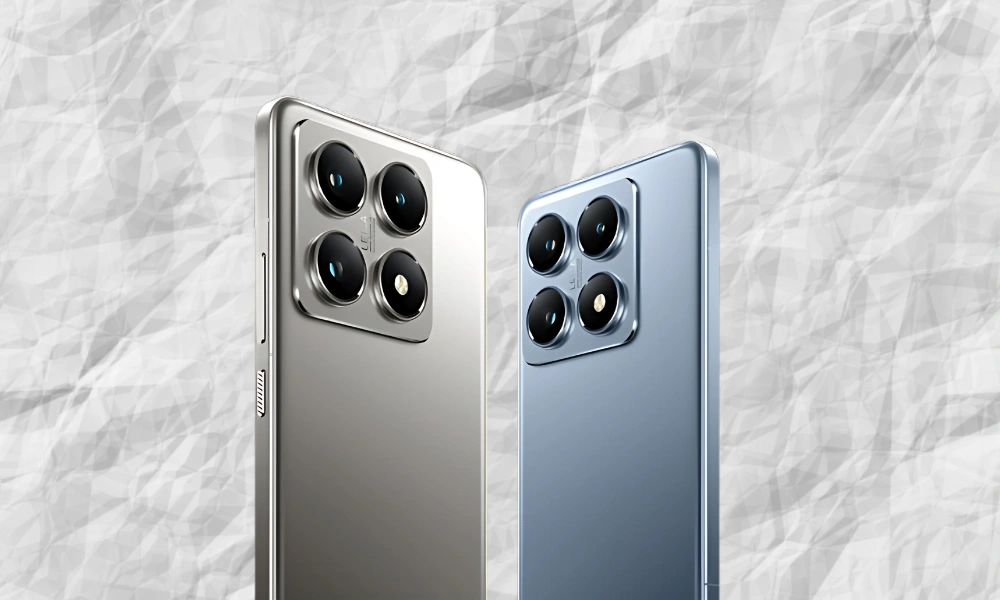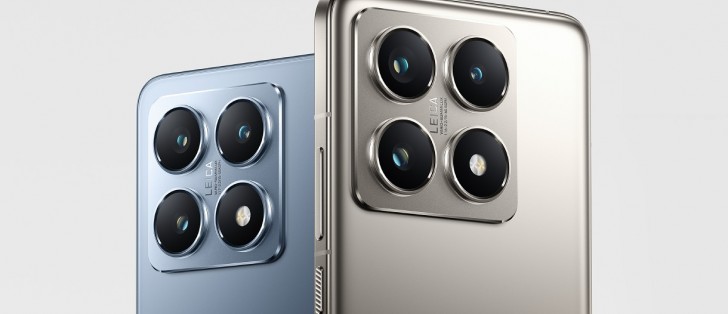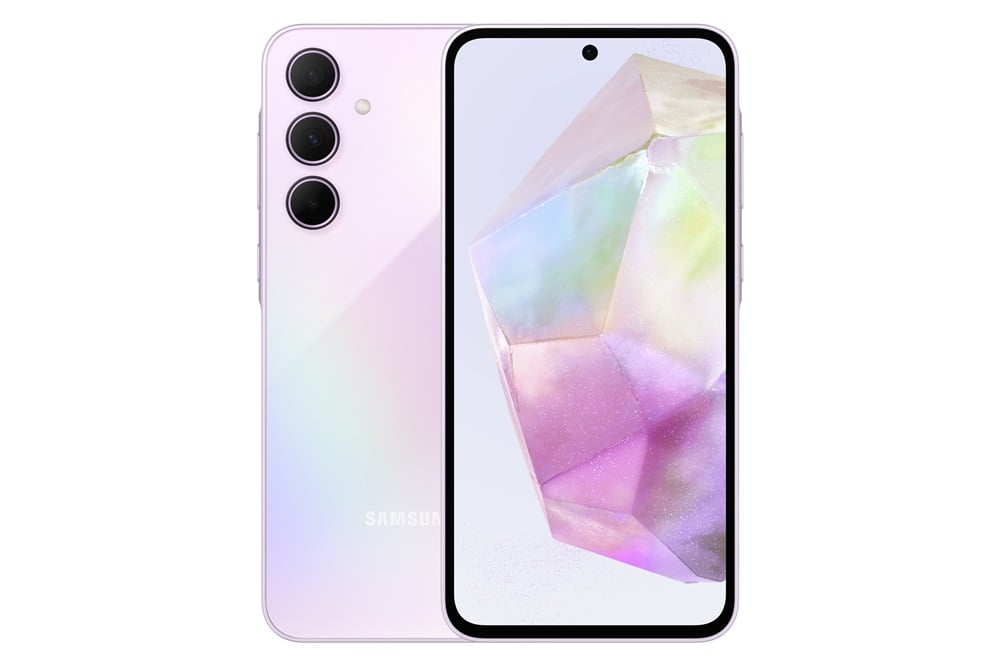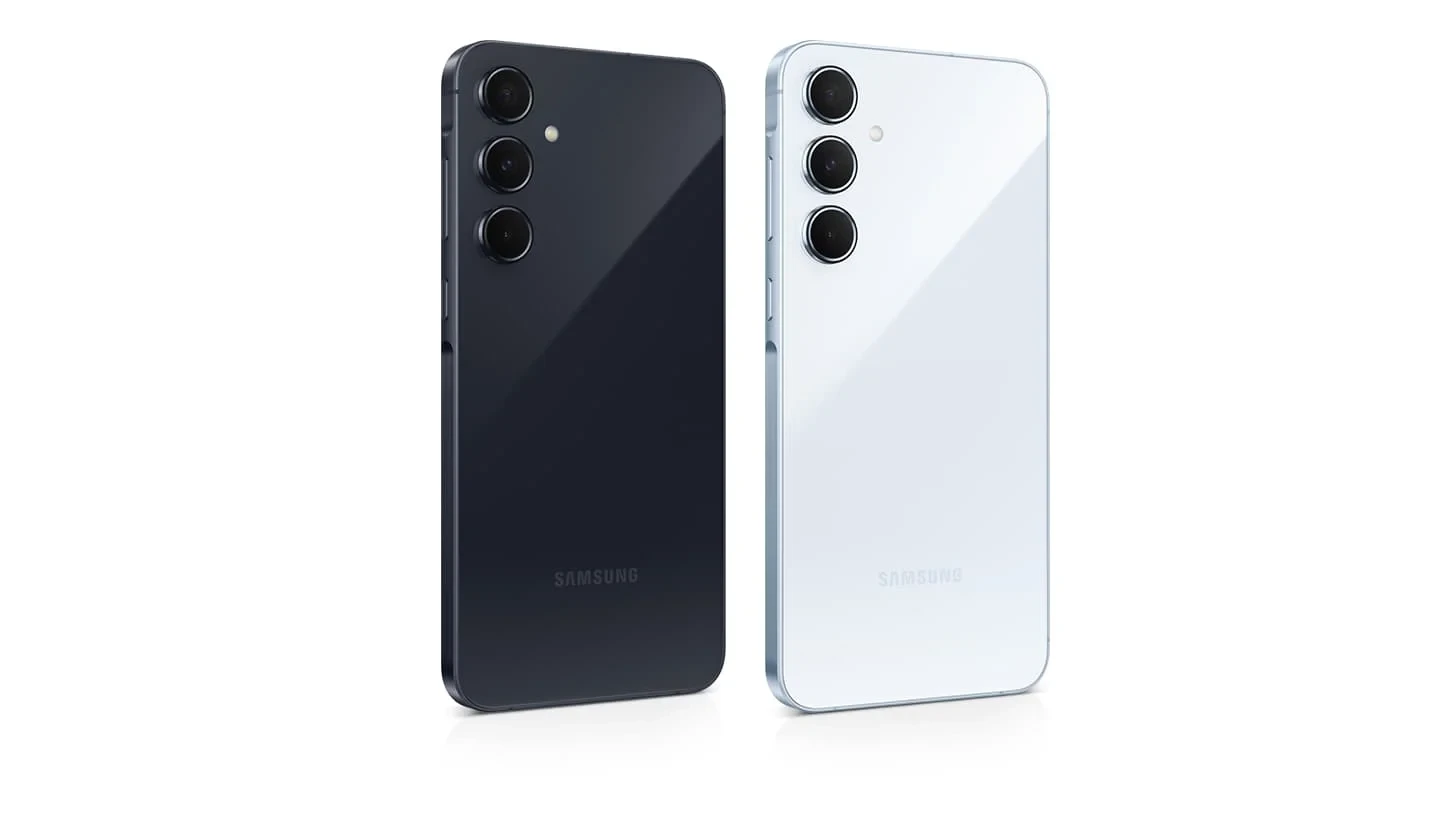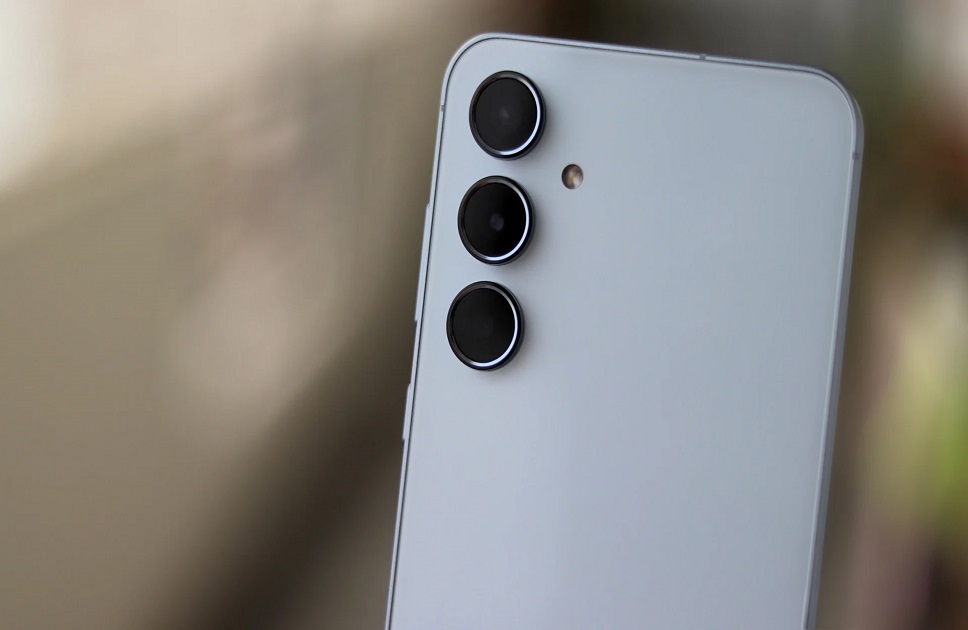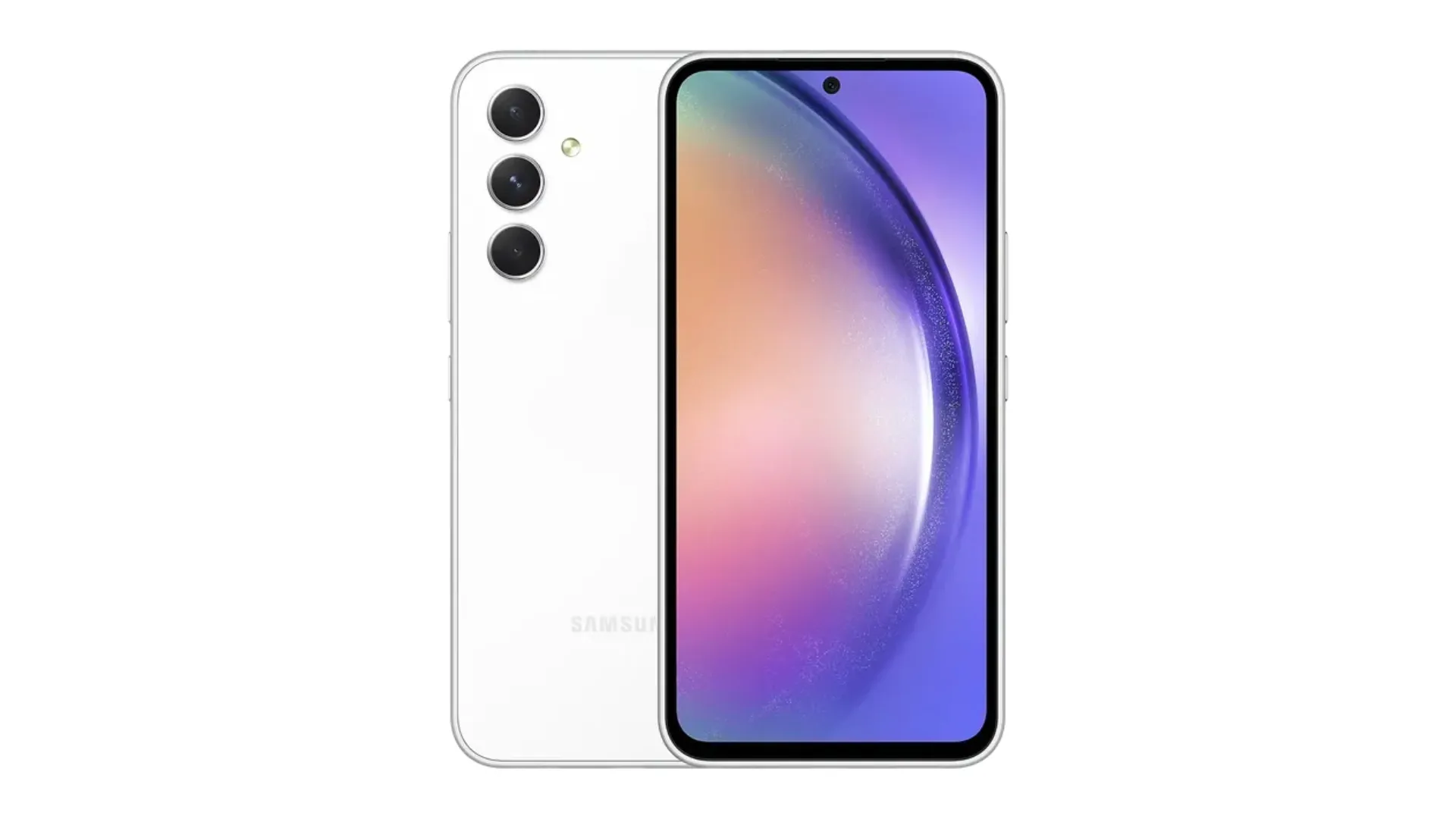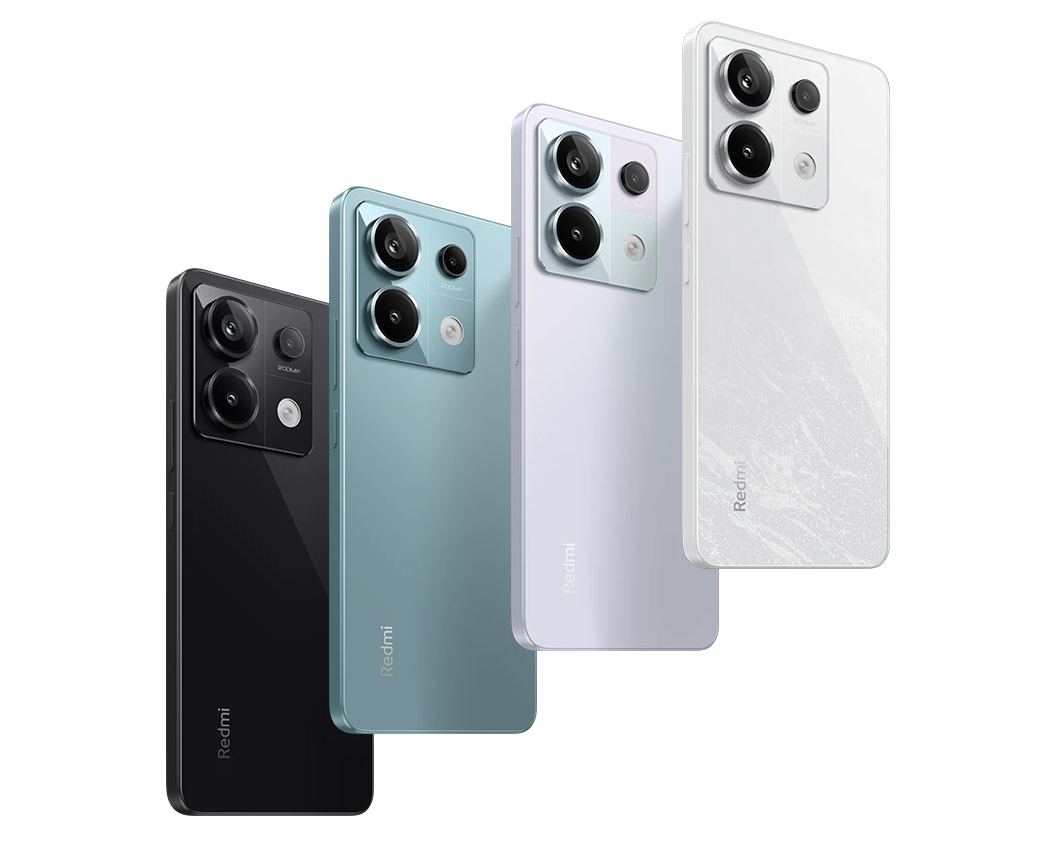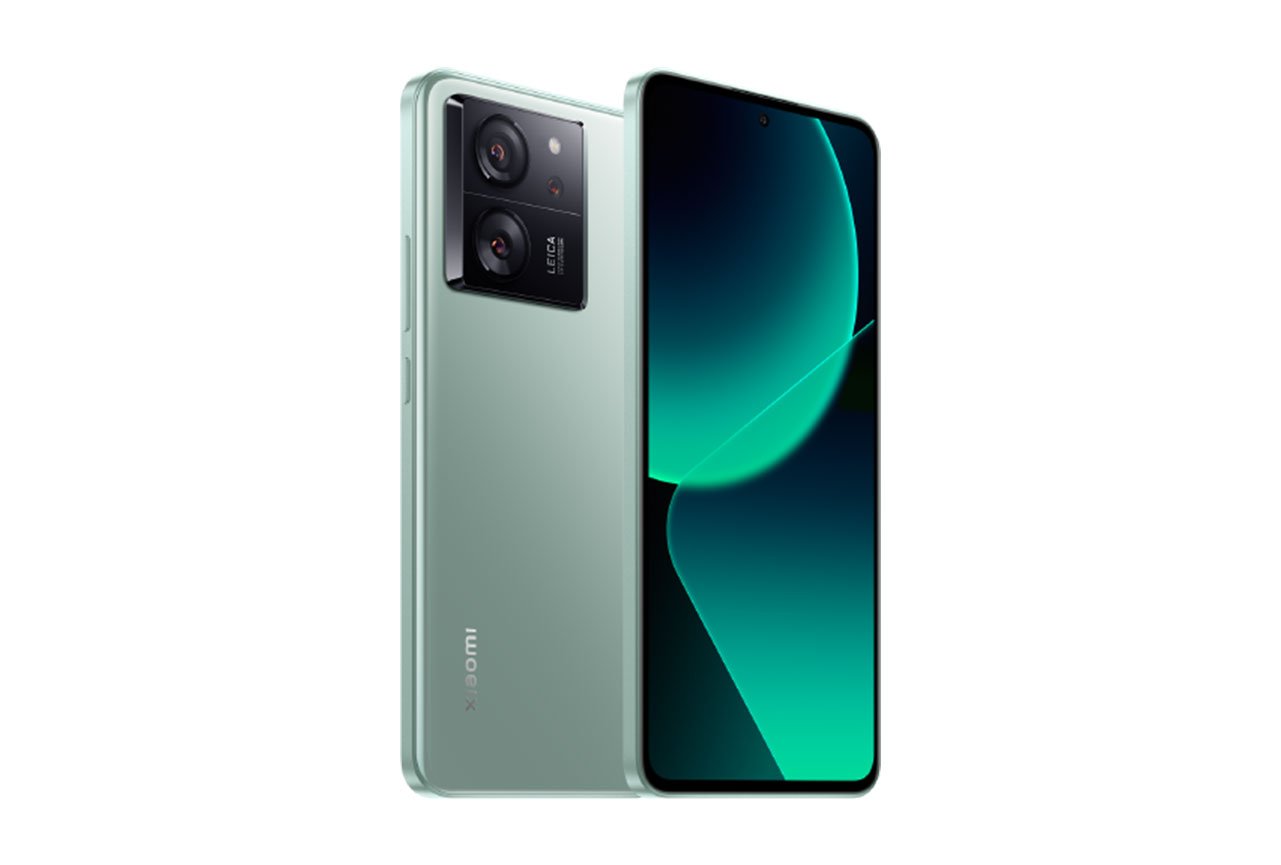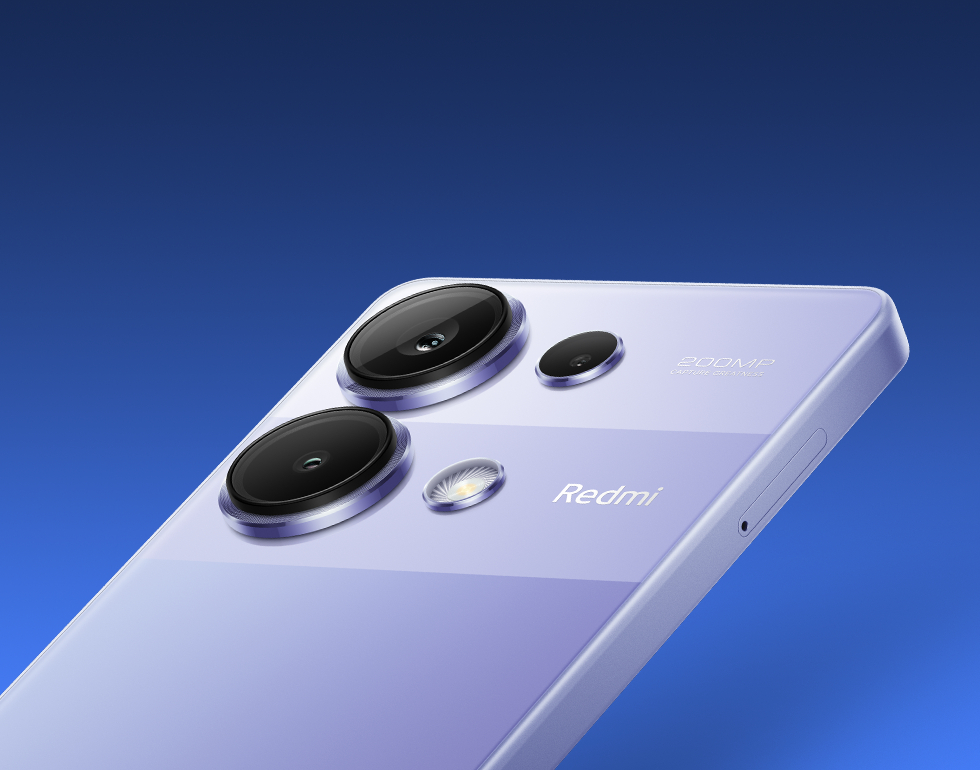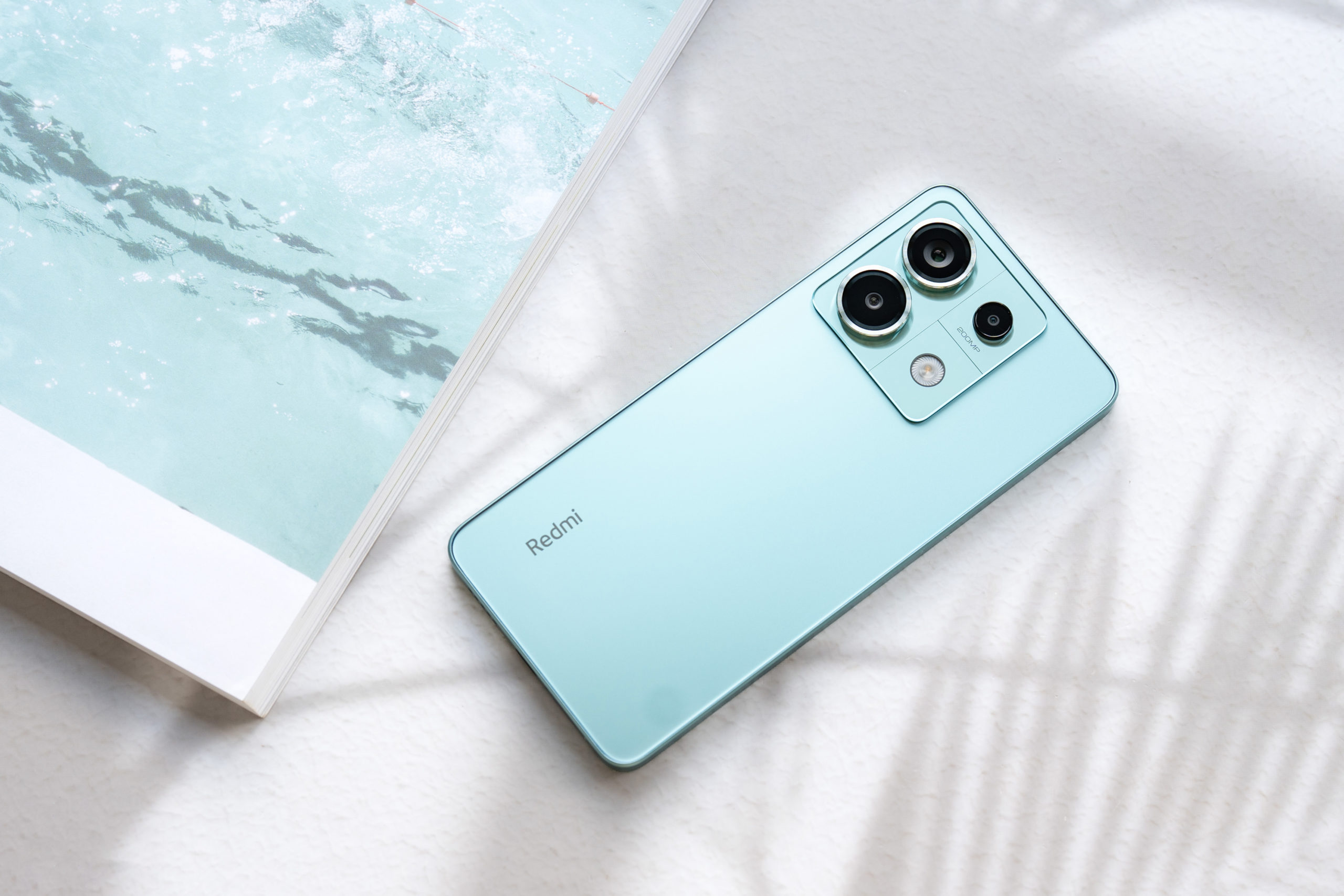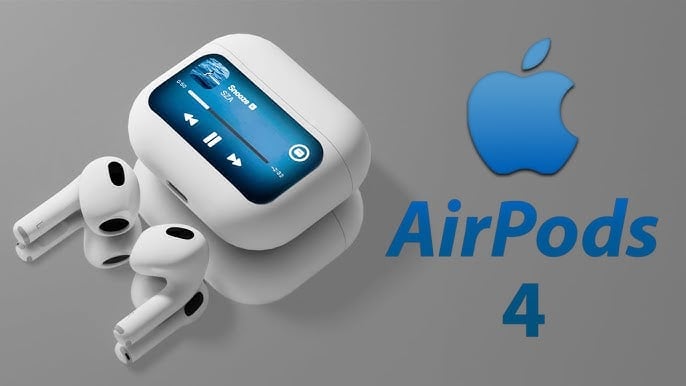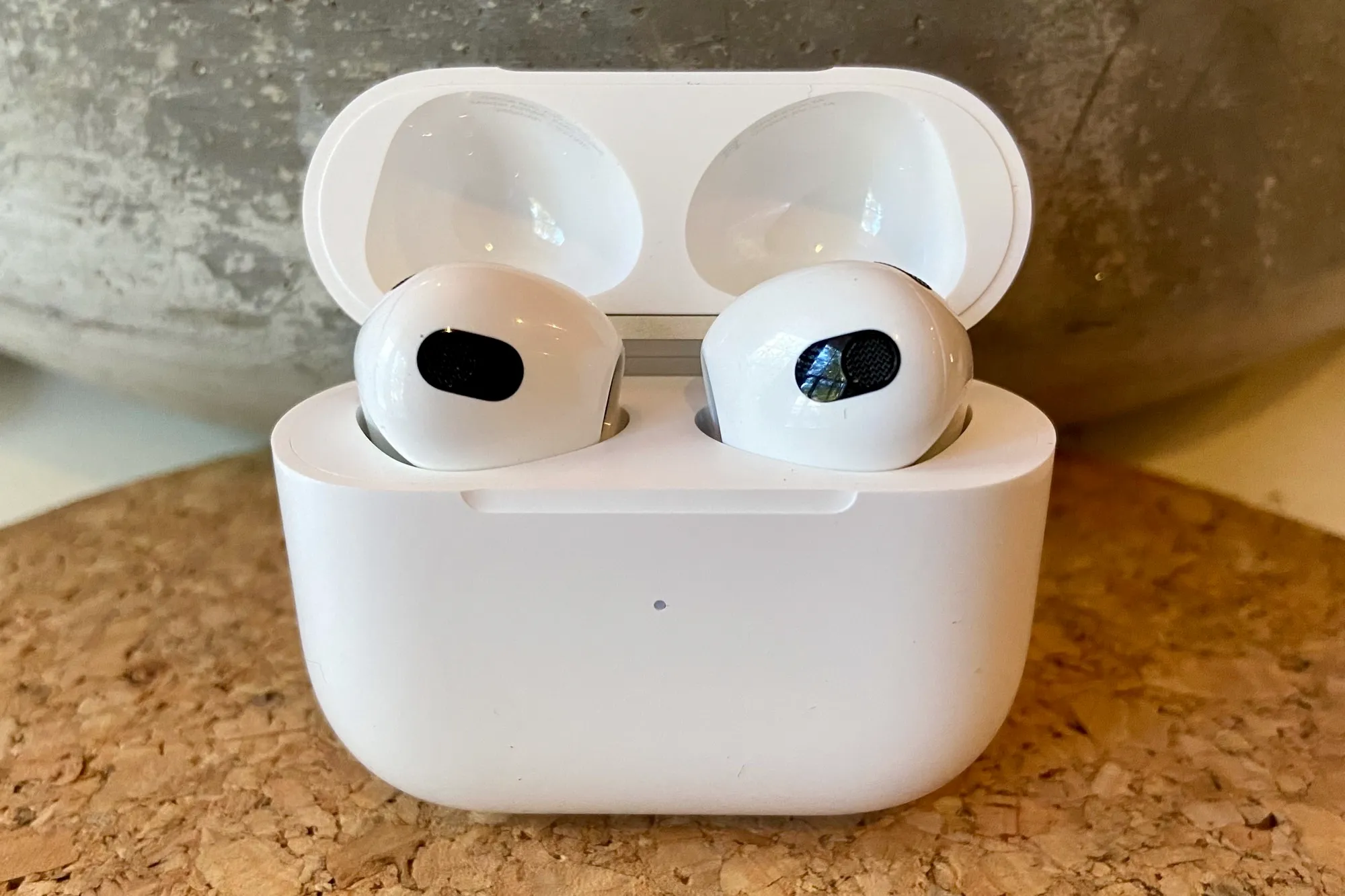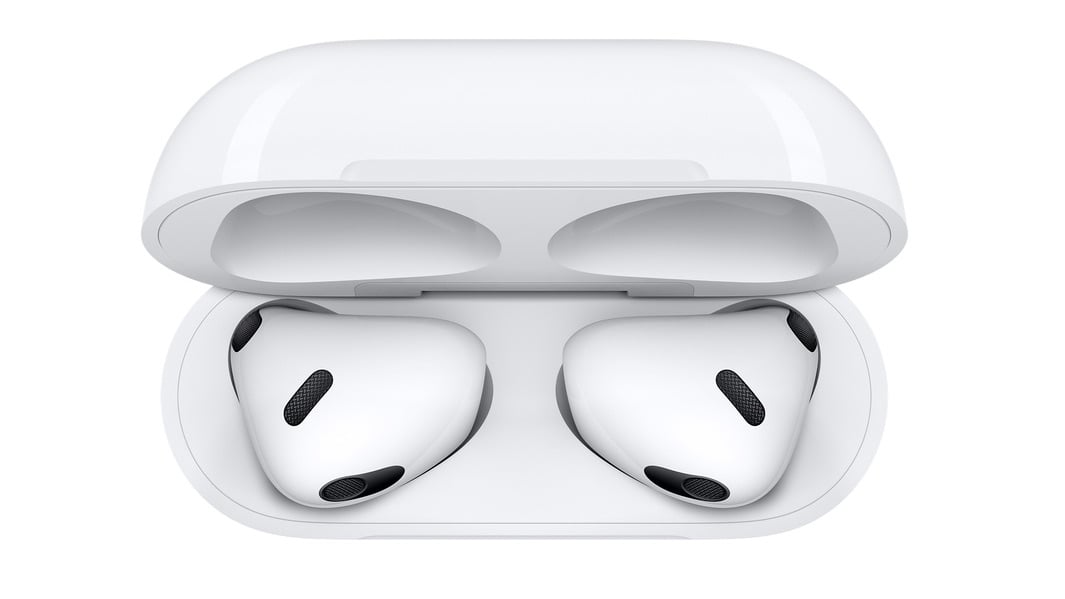Design and Features
The iPhone 16 Pro Max maintains a familiar look that doesn’t stray far from its predecessors, with only subtle tweaks to the design. A larger screen, a more compact Dynamic Island for the selfie camera and Face ID, and some additional buttons are among the few visible changes. However, the overall aesthetic remains consistent with models like the iPhone 11 Pro Max, which began this design lineage in 2019.
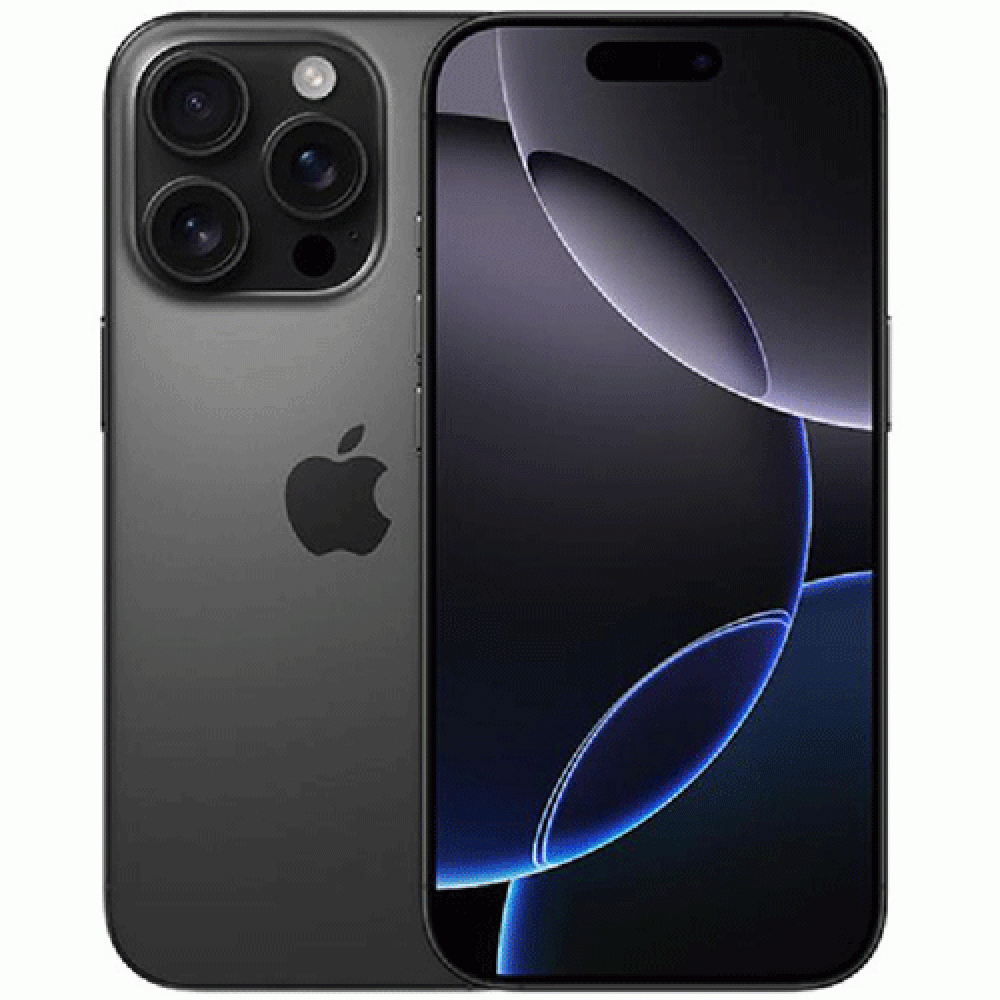
The upgraded display is a standout feature, delivering sharp visuals with its 1320×2868 resolution on a 6.9-inch OLED panel, showing vivid colors and HDR content impressively. It’s bright enough for sunlight visibility with a peak brightness of 2000 nits and offers a smooth 120Hz refresh rate. Watching content, like a sci-fi show on a long flight, was an enjoyable experience, although other flagship phones offer similar quality. The stereo speakers provide clear, punchy sound that complements the screen well.
With narrower bezels, the iPhone 16 Pro Max has expanded screen real estate while remaining manageable in size, though it still presents challenges for one-handed use, especially for users with smaller hands.
While the Dynamic Island brings innovative functionality, it does intrude more than the small cutouts on some Android devices. This can be a drawback when watching full-screen content, as Apple’s default setting avoids overlap with the cutout by letterboxing. Users can choose to fill the screen, though that means part of the content will be cut off by the Dynamic Island. Face ID continues to work exceptionally well, recognizing faces quickly and accurately in various lighting conditions.
Apple’s use of premium materials like the titanium frame and Ceramic Shield glass creates a sturdy, smooth feel. While the display glass feels solid, the back has a slightly hollow sound that’s common in smartphones. Although durability claims are strong, the base model iPhone 16 has shown some signs of wear, suggesting that the Ceramic Shield isn’t impervious to scratches in all conditions. The Pro Max also boasts impressive water resistance, surviving depths of up to 6 meters for 30 minutes.
The shift to eSIM-only removes the SIM card tray, which might inconvenience travelers who rely on physical SIMs. Transferring eSIMs between devices has proven to be tricky, highlighting a limitation in flexibility compared to physical SIMs.
One major update is the transition to a USB-C port from Apple’s long-standing Lightning connector. The inclusion of USB 3.0 speeds enables faster data transfer for tasks like offloading high-resolution photos and videos, a welcome improvement for power users.
Camera Control
The iPhone 16 Pro Max introduces a new “Camera Control” button near the bottom right of the device. This is positioned well for selfies but is somewhat awkward for rear camera use. Although similar to a dedicated shutter button, it incorporates additional functions, like light presses, full presses, and swipes, which can control various settings. However, its complexity may overwhelm some users, especially given that the button activates on release rather than press, making the process slightly more cumbersome.
In practice, the Camera Control button occasionally defaults to digital zoom on the main camera rather than the telephoto lens under certain lighting, undermining its intended functionality.

Software and Performance
The iPhone 16 Pro Max runs on iOS 18, a refined OS with new customization options that help bridge some differences for those switching from Android. Apple has emphasized AI improvements, though many will arrive with a later update (iOS 18.1).
Equipped with the A18 Pro chip, the iPhone 16 Pro Max performs exceptionally well in daily tasks, scoring high on benchmarks like Geekbench, outpacing most Android competitors. While it handles graphically demanding games smoothly, its performance in graphics-focused tests like 3DMark trails behind top Android devices like the RedMagic 9S Pro, which outperforms the iPhone in sustained graphics performance.
The battery life can easily last a full day and sometimes even stretches into two days with moderate use, though the always-on display can impact longevity. Adjusting settings, such as switching to a black background for the always-on display, helped conserve battery during testing.
Cameras
The iPhone 16 Pro Max’s camera array includes:
- 48MP wide-angle
- 48MP ultra-wide with a 120-degree field of view
- 12MP telephoto with 5x optical zoom
- 12MP selfie camera
The primary sensor delivers sharp, colorful photos, even in challenging lighting. While some criticize Apple’s tendency to reduce shadows, users can adjust this with Photographic Styles. The telephoto lens shines at 5x zoom, capturing distant subjects with remarkable clarity. However, digital zooming on the main sensor can degrade image quality at higher magnifications.
The ultra-wide camera, despite its high resolution, occasionally produces softer images, especially around the edges. The selfie camera captures natural colors and lighting but lacks sharpness when zoomed in, falling short of competitors like the Pixel 9 Pro.
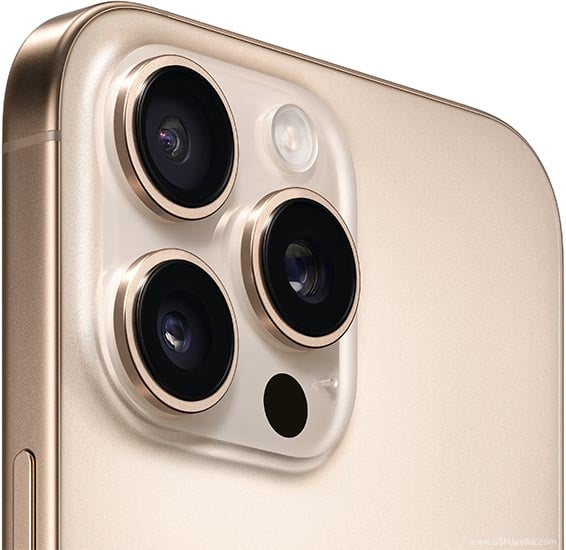
price
The iPhone 16 Pro Max, starting at around $1,199 USD for the 256GB version, brings incremental yet noteworthy updates, particularly in its display, camera features, and the introduction of USB-C. The 6.9-inch OLED display boasts a sharp 1320×2868 resolution, vivid HDR colors, and a peak brightness of 2000 nits, providing excellent visuals even under direct sunlight. Although it doesn’t feature the market’s brightest display, its high resolution and 120Hz refresh rate contribute to smooth navigation and immersive media viewing.
The new Camera Control button near the phone’s bottom-right side offers enhanced photo-taking options. Although versatile, some users might find the button a bit overwhelming due to its various commands and sensitivity. However, this addition underscores Apple’s effort to cater to users seeking more control in photography, especially given the Pro Max’s advanced camera setup, which includes a 48MP wide sensor, a 5x telephoto, and an upgraded ultra-wide camera.
While powerful, the A18 Pro chip faces stiff competition in GPU performance from models like the OnePlus 12 and RedMagic 9S Pro, which excel in certain graphics-intensive benchmarks. Nonetheless, the iPhone 16 Pro Max delivers strong battery life, lasting up to two days under moderate use.
Verdict
The iPhone 16 Pro Max excels in build quality, performance, and display, though it isn’t without flaws. The new Camera Control feature holds potential but feels somewhat over-engineered. And while the ultra-wide and selfie cameras could be improved, the device remains a top-tier option, especially for users who want the latest from Apple without needing to make too many trade-offs.


